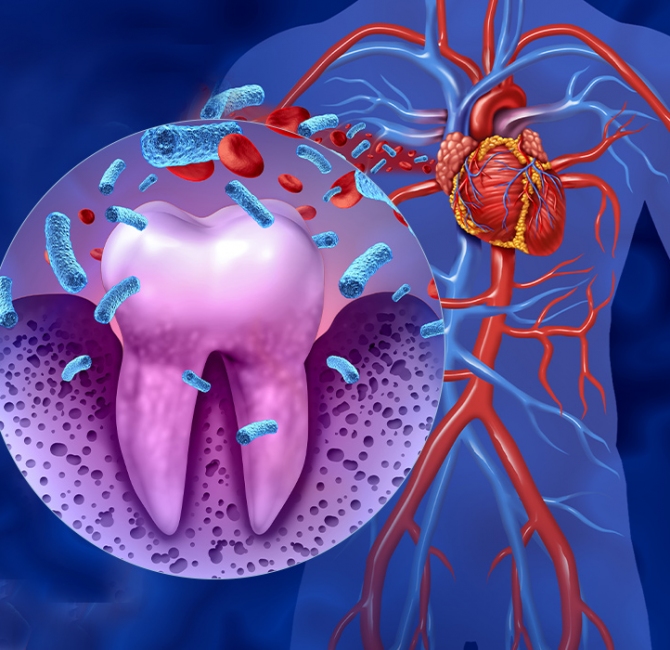In the light of developments and studies on dental amalgam, a request was submitted to update the Scientific Committee on Emerging and Newly Identified Health Risks (SCENIHR) Opinion produced in 2008 on the safety and performance of both dental amalgam and possible alternatives, such as resin-based composites, glass ionomer cements, ceramics and gold alloys. The updated Opinion evaluates the scientific evidence on the potential association between amalgam and possible alternatives and adverse health effects, such as allergies and neurological disorders. The SCENIHR recognizes that dental amalgam is an effective restorative material and is a material of choice for specific restorations.
Currently, there is a shift away from the use of dental amalgam in oral health care towards an increased use of alternative materials. Because dental amalgam is neither tooth-coloured nor adhesive to remaining tooth tissues, alternative tooth-coloured filling materials have become increasingly used. The change is indicated by trends in education on dental treatment towards an increased use of alternative materials instead of amalgam. This reduction is in line with concern about the use of mercury, the metallic element used in dental amalgam and the general aim to reduce mercury use within the European Union. The exposure of the general population to mercury is mainly due to fish consumption (organic mercury, methyl mercury) and dental amalgam (elemental mercury, inorganic mercury).
The present Opinion reviews only the toxicology of elemental and inorganic mercury being relevant to amalgam safety considerations. Local adverse effects in the oral cavity are occasionally seen with dental amalgam fillings, including allergic reactions and an association with clinical features characteristic of lichen planus, but the incidence is low (< 0.3% for all dental materials in general) and usually readily managed. Regarding systemic effects, elemental mercury is a well-documented neurotoxicant, especially during early brain development. Inorganic mercury also constitutes a hazard to kidney function. In some scientific reports the presence of dental amalgam has been suggested to be associated with a variety of systemic adverse effects, particularly developmental neurotoxicity as well as neurological and psychological or psychiatric diseases. However, the evidence for such effects due to dental amalgam is weak. The most recent in vitro evidence provides new insight into the effects of mercury on developing neural brain cells at concentrations similar to those accumulated in human brain and found in post mortem specimen.
The effects of genetic polymorphism concerning mercury kinetics may influence the degree of individual susceptibility with regard to mercury internal exposure and consequently toxicity. This may raise some concern for possible effects on the brain of mercury originating from dental amalgam. However, so far, such effects have not been documented in humans, although some evidence on alteration of mercury dynamics have been reported. Placement and removal of dental amalgam fillings results in transient short-time exposure to the patients compared to leaving the amalgam intact. There is no general justification for unnecessarily removing clinically satisfactory amalgam restorations, except in those patients diagnosed as having allergic reactions to one of the amalgam constituents. However, as with any other medical or pharmaceutical intervention, caution should be exercised when considering the placement of any dental restorative material in pregnant women.
The mercury released during placement and removal also results in exposure of dental personnel. Recent studies do not indicate that dental personnel in general, despite somewhat higher exposures than patients, suffer from adverse effects that could be attributed to mercury exposure due to dental amalgam. However, exposure of both patients and dental personnel could be minimised by the use of appropriate clinical techniques. The alternative materials also have clinical limitations and toxicological hazards. They contain a variety of organic and inorganic substances and may undergo chemical reactions within the tooth cavity and adjacent soft tissues during placement. The SCENIHR Opinion “The safety of the use of bisphenol A in medical devices” (2015) concluded that release of BPA from some dental materials was associated with only negligible health risks. The safety of dental amalgam and alternative dental restoration materials for patients and users 5 dental materials was associated with only negligible health risks. A similar detailed risk assessment has not been performed for other compounds released from other alternative dental materials. Some of the monomers used are cytotoxic to pulp and gingival cells in vitro. There is in vitro evidence that some of these alternatives are also mutagenic although long term health consequences are unclear. Allergies to some of these substances have been reported, both in patients and in dental personnel. However, information on the toxicological profile of alternative materials and clinical data on possible adverse effects of alternatives are very limited.
The SCENIHR concludes that current evidence does not preclude the use of either amalgam or alternative materials in dental restorative treatment. However, the choice of material should be based on patient characteristics such as primary or permanent teeth, pregnancy, the presence of allergies to mercury or other components of restorative materials, and the presence of impaired renal clearance. The SCENIHR recognizes that there is a need for further research, particularly relating to (i) evaluation of the potential neurotoxicity of mercury from dental amalgam and the effect of genetic polymorphisms on mercury toxicity and (ii) to expand knowledge of the toxicity profile of alternative dental restorative materials. Furthermore, there is a need for the development of new alternative materials with a high degree of biocompatibility.



